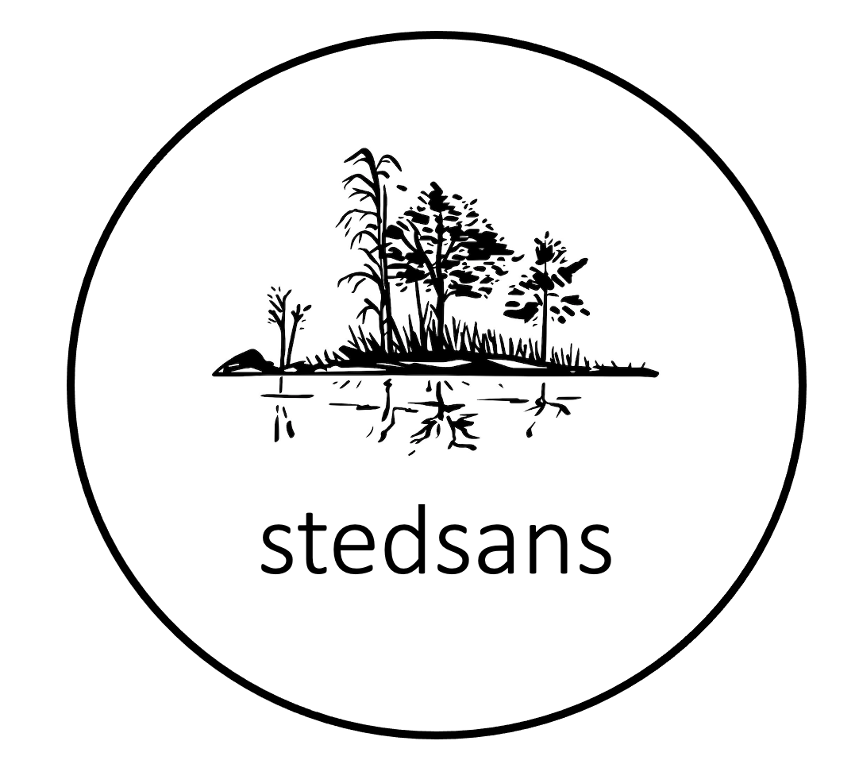Point heat - sleeping closer to nature
Our cabin are set up for you to keep warm during the night the way that human beings have done in all of our history up until the last few hundred years. Here’s why and how.
In winter 2023 we realized that every attempt we made at finding a good way of heating our small, off-the-grid cabins were in vain. Usually a stop sign like that is what we consider a go-sign: Go deeper into why - after all efforts and good intentions, it still doesn’t work? What is the forest trying to tell us? We then decided to go back to an original idea of ours: Using point heat instead.
What is point heat? Point heat is the opposite of room heat. It heats the body instead of the room. Sort of like when you turn on the heat in your car seat. If you have kids you have probably used the method of wrapping them up really well before placing them out in the cold for their midday nap.
How to use it: The idea is to have wool (we invested big in cashmere sheets, merino wool mattress and woollen blankets) close to your body, and another insulating material next to your skin (here we put out a really comfortable pantsuit for our guests to use). A heat source (the hot water bottle) is provided to keep you extra warm. It can be a good idea to sleep with the hoodie up and a pair of socks on cold nights. This way our guests have reportedly stayed warm and comfortable throughout the night since we introduced the system. Not a single person has so far reported being too cold at night - unlike what was the case when we tried to heat the cabins with gas, bioethanol etc. The problem can be getting out of bed in the morning, but a warm sauna at the lake can usually be quite motivating.
How does point heat affect your sleep?: A cold sleeping environment helps lower our body temperature, making it easier to experience deep sleep. This is why you usually feel well-rested after sleeping in a cold room. Plus, lower temperatures help with melatonin production and better sleep quality.
What is good about point heat? From an environmental perspective it’s better to dress warm and have less heat on than the other way around. It’s how human beings have always done things up until very recently: We borrowed the fur of the animals to gain their ability to stay warm in all kinds of weather, and we slept close to them and each other. In our endeavours to make life more comfortable we chose to take up the battle against nature and with our homes make a barrier towards the wild. Our believe is that this way we also put boundaries on our own sense of who we are (hint: We are all wildlings, wired for nature’s frequencies, somewhere deep inside).
What’s not so good about point heat? Some people come too far away from their comfort zone in a cold environment. This can be trickering and therefore stressful. If you are not into adventure and if you find nature a bit frightening, then it’s probably better to visit us during summertime than in the winter.

